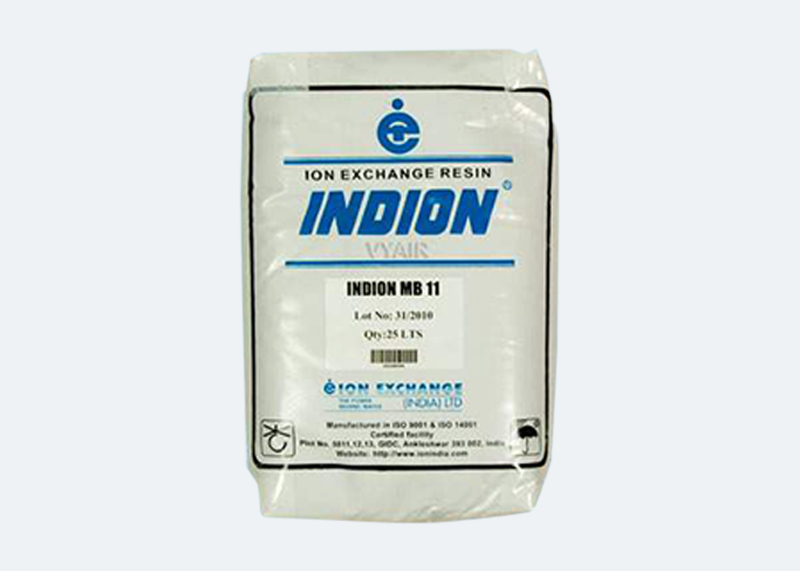Product Category
Resin
We Are One Of The Leading Manufacturers, Suppliers, Traders And Distributors, Of This Highly Commendable Range Of Resin
Request A QuoteWe offer a complete range of high-performance Resin, which is widely used in different Separation, Purification & Decontamination processes.
The most common examples are water softening and water purification. In many cases ion-exchange resins were introduced in such processes as a more flexible alternative to the use of natural or artificial zeolites. Also, ion-exchange resins are highly effective in the biodiesel filtration process.
- Strongly acidic, typically featuring sulfonic acid groups, e.g. sodium polystyrene sulfonate or polyAMPS,
- Strongly basic, typically featuring quaternary amino groups, for example, trimethylammonium groups, e.g. polyAPTAC),
- Weakly acidic, typically featuring carboxylic acid groups,
- Weakly basic, typically featuring primary, secondary, and/or tertiary amino groups, e.g. polyethylene amine.
Specialised ion-exchange resins are also known such as chelating resins (iminodiacetic acid, thiourea-based resins, and many others).
Anion resins and cation resins are the two most common resins used in the ion-exchange process. While anion resins attract negatively charged ions, cation resins attract positively charged ions.
Anion resins may be either strongly or weakly basic. Strongly basic anion resins maintain their positive charge across a wide pH range, whereas weakly basic anion resins are neutralized at higher pH levels. Weakly basic resins do not maintain their charge at a high pH because they undergo deprotonation. They do, however, offer excellent mechanical and chemical stability. This, combined with a high rate of ion exchange, make weakly base anion resins well suited for the organic salts.
For anion resins, regeneration typically involves treatment of the resin with a strongly basic solution, e.g. aqueous sodium hydroxide. During regeneration, the regenerant chemical is passed through the resin, and trapped negative ions are flushed out, renewing the resin exchange capacity.
Strong base anion resins may be used for demineralization, while weak base anion resins work best for removing acids and organics from water. Anion dealkalizers are primarily used to remove alkalinity from boiler feed water with a low-to-moderate amount of total dissolved solids (TDS). Anion dealkalizers may also be used to remove carbonate, bicarbonate, sulfates and nitrates from feed water.
- Ion Exchange
- Thermax
- DOWEX
- Purolite




